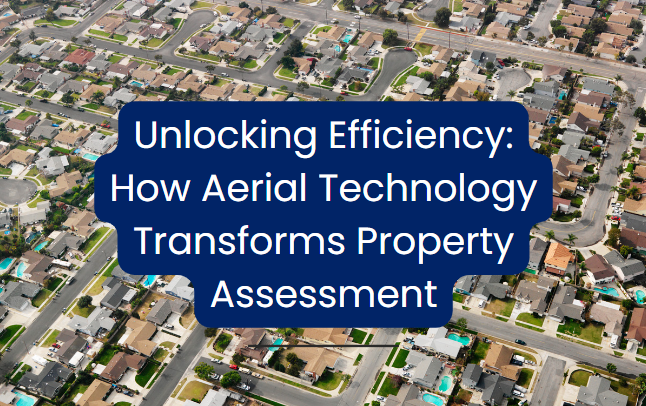In today's fast-paced world, efficiency is key in every industry, especially when it comes to property assessment. Traditional methods often fall short, leading to delays, inaccuracies, and increased costs. However, with the advent of aerial technology, a new era of efficiency has emerged, transforming the landscape of property assessment. In this blog post, we'll explore the revolutionary impact of aerial technology on property assessment and how it unlocks unparalleled efficiency for stakeholders across various sectors.
The Power of Aerial Imaging:
Aerial imaging technology has revolutionized property assessment by providing high-resolution images and data from vantage points previously inaccessible. From drones to satellites, these advanced tools capture detailed images of properties, allowing for comprehensive assessments without the need for physical inspections. This capability not only saves time but also reduces costs and minimizes safety risks associated with on-site inspections.
Precision in Property Mapping:
Aerial technology enables precise mapping of properties, including accurate measurements of roofs, structures, and land features. With advanced algorithms and software, aerial images are transformed into detailed property maps, complete with dimensions, angles, and other critical data. This level of precision ensures accurate assessments and facilitates informed decision-making for property owners, insurers, and other stakeholders.
Streamlining Insurance Claims:
For insurance companies, efficiency in claims processing is paramount. Aerial technology streamlines this process by providing quick and accurate assessments of property damage. Whether assessing roof damage from a storm or evaluating the extent of fire damage, aerial imaging enables insurers to expedite claims processing, reduce paperwork, and improve customer satisfaction.
Enhancing Construction Planning:
Aerial technology also plays a crucial role in construction planning and development. By providing detailed aerial surveys of construction sites, engineers and developers can gain valuable insights into topography, drainage patterns, and environmental factors. This information facilitates better decision-making, reduces project costs, and ensures the successful execution of construction projects.
In conclusion, aerial technology has revolutionized property assessment, unlocking new levels of efficiency and accuracy for stakeholders across various industries. From insurance claims processing to construction planning, the benefits of aerial imaging are clear. As technology continues to advance, we can expect further innovations in property assessment, driving greater efficiency and productivity in the years to come.

